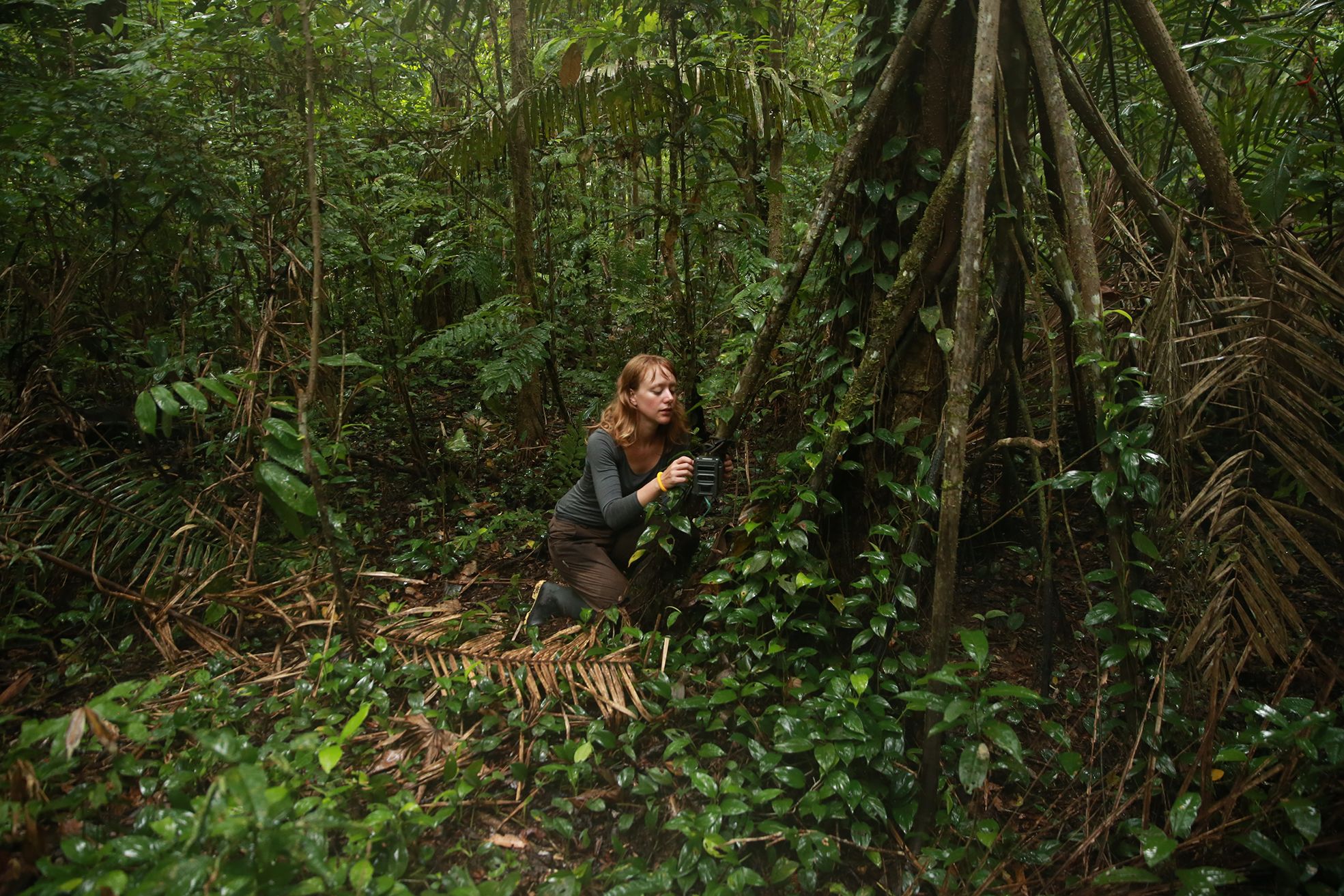“The social construction of gender may be a stronger force than we thought...”

The nature-nurture debate about gender is becoming increasingly heated, and research on children’s toy and colour preferences is often brought up as part of this debate. Part of the “nature” argument involves appeals to evolutionary history - the idea that men and women have evolved to prefer different things. If this were true, we would expect to see similar gender differences in preferences around the world. But very little cross-cultural research on children’s toy and colour preferences exists. That gap gave me an idea for this research.
We found no gender differences in children’s colour preferences in three remote societies with limited influence from global culture. We interpreted this to mean that global culture influences children to display gendered colour preferences. We also found evidence that boys, in Western cultures specifically, are influenced to avoid pink.
This research was a coordinated effort between many different scientists. We went to remote villages in the Peruvian Amazon rainforest, island villages in Vanuatu, and a forager society in the Republic of Congo where global culture (mass media, mass communications, mass-produced toys and clothes) had minimal reach. We worked with village leaders to test children’s preferences for pink and blue by showing them a series of cards, with one blue option and one pink or red option on each side, and asking them to point to the option they preferred.

The results were stronger than I had expected. I thought that there would be some gender difference, but the evidence showed no gender differences in colour preference at all in these remote societies, even after we ran multiple checks. I was also surprised that, in societies exposed to global culture, boys were being influenced to avoid pink options, rather than girls being influenced to prefer them. The social construction of gender may be a stronger force than we thought.
These findings imply that colour preferences, and perhaps other gender-related differences, are influenced by culture. While it is very likely that biological factors like genes and hormones predispose children to show gendered behaviours, the way they express these (such as preferring or avoiding pink) may be specific to their learned experience. They also provide some evidence that the colour coding of children’s items like toys and clothing may be limiting to both genders by encouraging girls to prefer pink-coloured items while simultaneously providing a cue for boys to avoid them. This discourages both girls and boys from considering the full range of experiences available to them, which could have an effect on diversity in adult spheres such as family roles and work life.
My co-authors and I are continuing to study the cultural basis of gender development. Biological and social factors influencing children’s toy choices are a subject of increasing debate, and we hope to contribute more to that topic.

